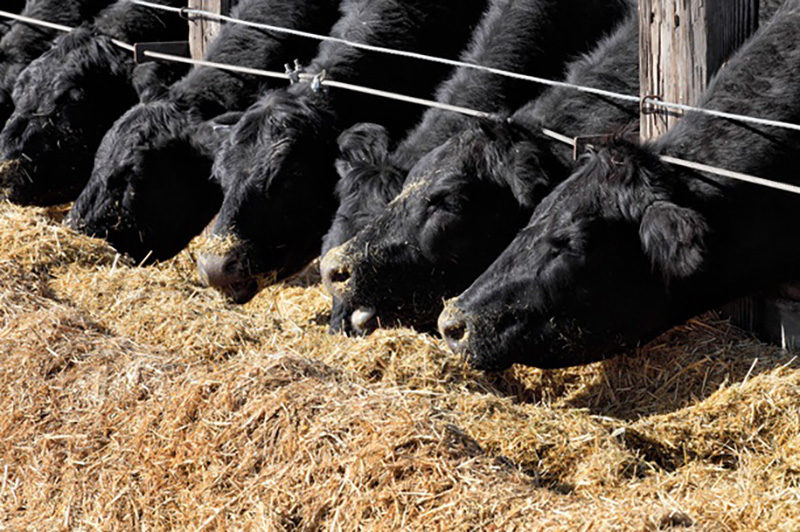Introduction
Inflammation is a complex biological response triggered by the immune system in response to harmful stimuli, such as pathogens, tissue injury, or stress. In mammals, including beef cattle, understanding the inflammatory response is of utmost importance as it can have significant implications for health, productivity, and overall well-being. Here, we explore the association between the inflammatory response, particularly in beef cattle, and factors like leaky gut, acidosis, and the role of endotoxins from ruminal bacterial populations.
Leaky Gut Syndrome
Leaky gut syndrome, also known as increased intestinal permeability, is a condition in which the integrity of the gastrointestinal barrier is compromised. In a healthy gut, tight junction proteins, on the lateral side of enterocytes, prevent pathogens entering the digestive tract and prevent the gut from leaking bacteria into the lumen. Leaky gut syndrome allows the movement of molecules, such as bacteria, toxins, and undigested food particles, from the gut into the bloodstream. In beef cattle, conditions that can lead to leaky gut include dietary changes, stress, and both subacute and acute ruminal acidosis.
Acidosis in Beef Cattle
Acidosis in cattle is a condition that arises primarily from difficulty feeding to meet requirements of high genetic-merit animals. It occurs when there is an overabundance of rapidly fermentable carbohydrates in the diet, driving the growth of amylolytic bacteria, an increase in the hydrogen sink, lactic acid, and leading to a drastic reduction in rumen pH. This acidic environment hampers the normal digestion of feed and can cause a range of health problems for cattle, including laminitis, liver abscesses, and a weakened immune system. Acidosis results in substantial financial losses for the beef and sectors due to decreased production and treatment costs, with treatment costing on average $10 per head and a national cost of $5 million per year.
Endotoxins from Ruminal Bacterial Populations
The rumen of cattle is home to a diverse population of microorganisms, including bacteria. Some of these bacteria, such as gram-negative species, can release endotoxins when they die or during certain metabolic processes. Lipopolysaccharides (LPS), an endotoxin associated with bacteria such as E. coli, is a potent trigger of the inflammatory response. Specialized receptor molecules, known as the toll-like receptors, detect the presence of endotoxins and mount an inflammatory immune response mediated by the expression of pro-inflammatory cytokines – chemical messengers which activate the immunological defense mechanisms.
So what does this inflammation cost?
Acidosis leads to an increased turnover of the bacterial populations in the rumen. This in turn leads to an increased level of free endotoxin in the rumen fluid and in turn this leads to an increased absorption of endotoxins across the gut wall. The result is an inflammatory response mounted by the immune cells in the lumen of the gut. In worse cases, this inflammatory battle continues to the liver and can, in the worst case, become a systemic inflammatory response leading to death.
Most of the time, cattle with leaky gut don’t die, but what is the cost of this localized inflammatory response?
Activated immune cells have an increased requirement for glucose. This is an energy cost to the cow and will biologically be preferred over live weight gain – meaning lost production efficiency. Inflammatory response in cattle has also been shown to reduce feed intake, contributing to reduced growth rates. We would not give a daily shot of E. coli to cattle, but that is effectively what we are doing if we don’t manage the rumen environment to avoid acidosis, leaky gut, and endotoxins.
Conclusion
Understanding the inflammatory response in mammals, particularly in beef cattle, is essential for maintaining animal health and productivity. The interplay between factors like leaky gut, acidosis, and the presence of endotoxins from ruminal bacterial populations underscores the importance of proper nutrition, management practices, and monitoring to mitigate ranchers can work to minimize the negative impacts of inflammation and optimize the well-being of their herds.
- Written by Volac








